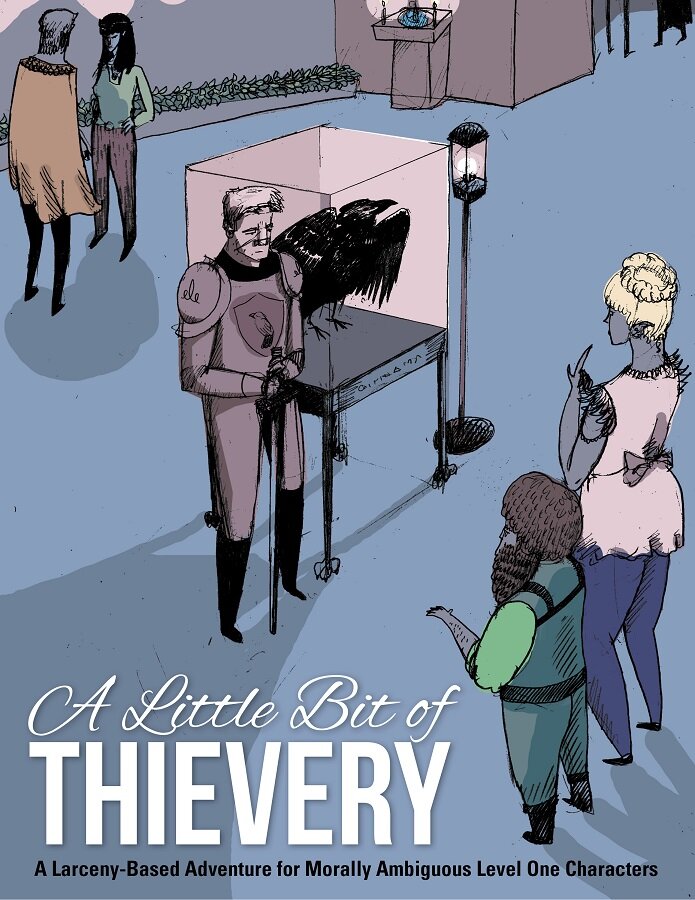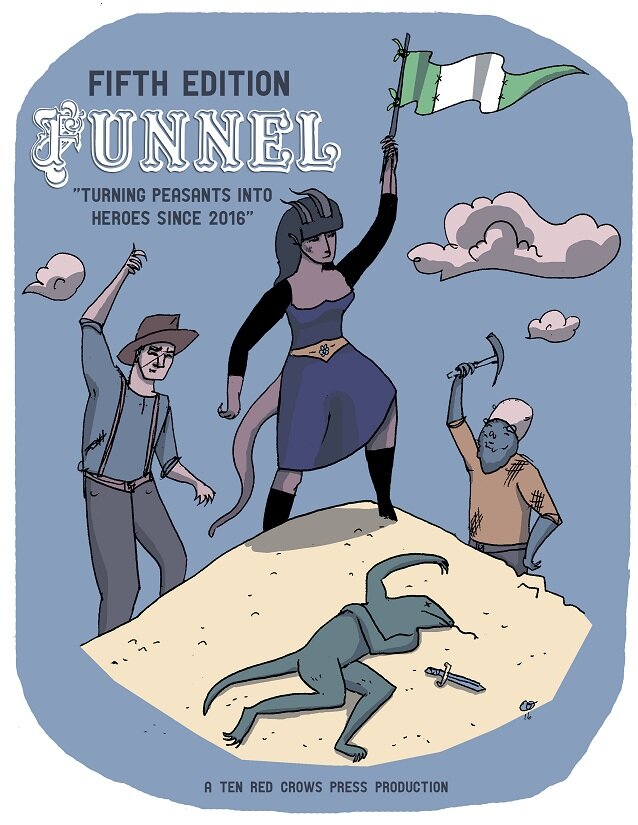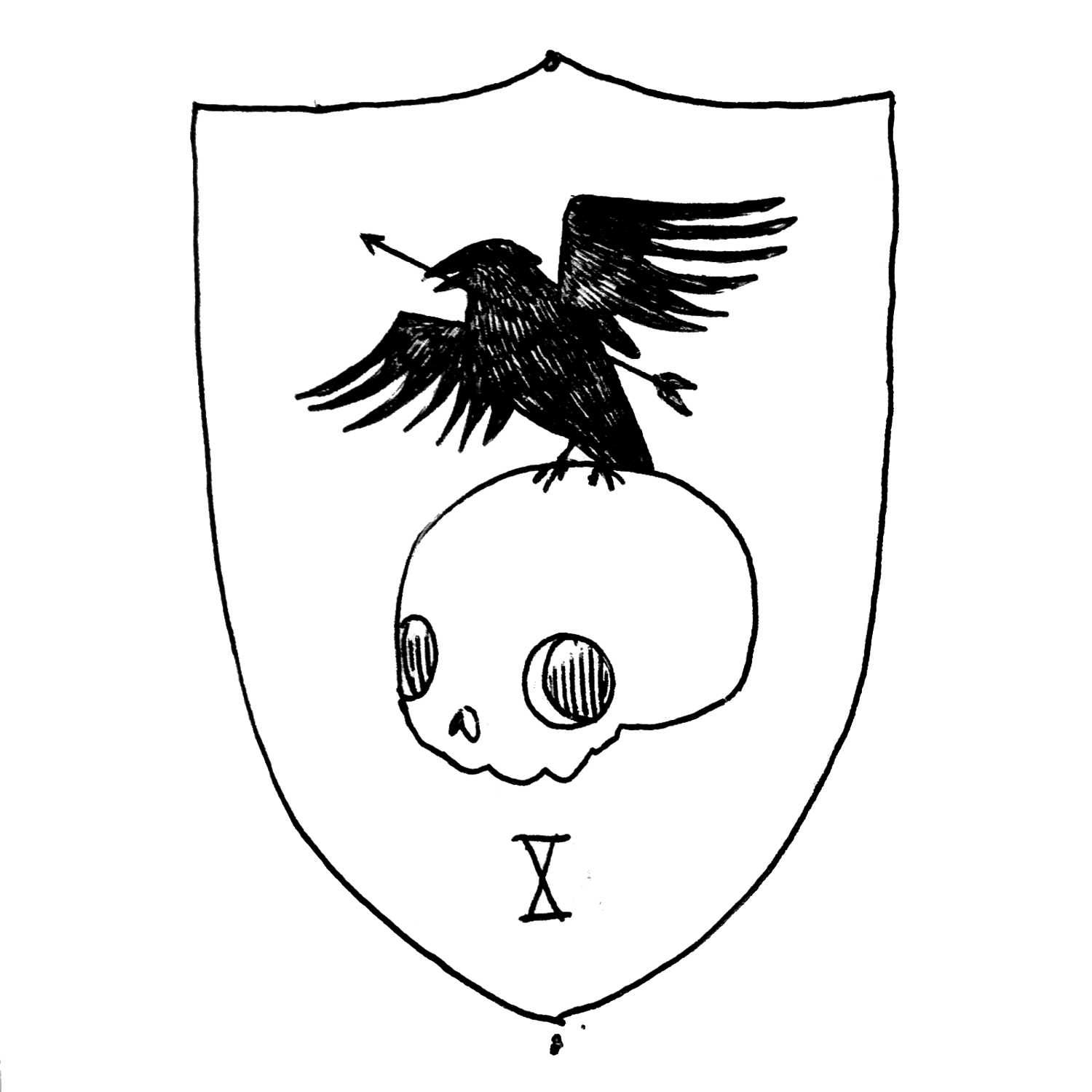In the book The Hero with a Thousand Faces, Joseph Campbell notes that the majority of heroic stories break down into cycle called a “monomyth.” This applies across major stories in most cultures. While certain stories may place large emphasis on a certain portions of the cycle or omit parts entirely, almost all heroes, whether they be Katniss Everdeen, Luke Skywalker, or Odysseus, follow this path.
This is the first entry in a series exploring how the Joseph Campbell’s monomyth concept applies to our role as a Dungeon Master. While Joseph Campbell introduced the term, these series of articles are based on a different version created by Christopher Vogler in a memo that circulated within the Walt Disney Company in 1985. We will start at the beginning, the call to adventure.
What is The Call?
The call to adventure is an event in which the character is often forced to take on a quest (these are often times called “hooks” in modules). There may be an initial refusal, but in most cases, the heroes don’t have a viable reason to decline. Somehow, their family, friends, the Republic, or their own lives are at stake. Think about the adventure tales you’ve read; is there ever a way that the character perceives a reasonable way out of the quest?
- Does Katniss really have a choice when doe-eyed Primrose is picked for the Hunger Games?
- Luke when his adoptive family is killed?
- Frodo when the ring is passed to him?
- Rey when TIE fighters start bombing Jakku?
- Rand, Matt, or Perrin when trollocs burn down half of their home village?
- The Avengers, when Loki pops in to steal the Tesseract?
- Tony Stark when he is captured by terrorists?
- Any religious prophet when their gods poke them?
Don’t give the players a choice
As dungeon masters, we are constantly told that we should never railroad our players, but this is the one time you should. This is the point in the monomyth where the world comes and drops a problem in the lap of a hero or heroine, and they are forced to deal with it. This is a perfect time to make a player or two a confederate to your plans and talk to them. What do those players care about, and what is going to spur them to action? Use their wants and needs to build a compelling call. Here are a few ideas:
- The characters are unceremoniously drafted into a levy unit.
- A character’s younger sister is selected as tribute in an annual duel to the death.
- The town where the heroes live is attacked, burnt down, or has its food stolen.
- The town elders ask a character to do something.
- The characters are all arrested or captured.
- A wizard shows up, and a character needs to take their uncle’s ring to Mount Doom.
- A wizard shows up, and believes the characters are “important”.
- A wizard shows up, and… well… you get the idea. Wizards make life terrible for muggles.
You must gather your party before venturing forth
The call to adventure might not affect every single one of the characters, so you have to give incentives for everyone to participate. In the beginning, the easiest way to get your party engaged is have them all grow up in the same town. This gives you a way to hook the whole party by pulling on one person. Although this isn’t ingrained in D&D, it is in other systems. I am especially impressed with Beyond the Wall, and bonds to each other and and the town.
If, for whatever reason, the party did not grow up in the same town, then use a confederate character to gather them together. This is where the tavern is useful. The character can’t take on the hordes alone and needs to make some fast friends (or enterprising sellswords) to fulfill her destiny. Perhaps the other characters are passing through town…
Once the party has pulled together, your job as DM is to put hooks into the rest of them. Maybe some scrap of information turns up that will hook them to the plot.
Hook them early
This is most effective at the beginning of a campaign, where the characters have been living their ordinary, boring lives as farmers, beggars, and ale purveyors. You can conduct the call in such away to strip away their two sentences of back story and place them directly in the reach of extraordinary.
However, calls to adventure happen all the time. As the characters adventure, they will acquire hooks such as a favored bar, an NPC love interest, revenge, or a feeling that they actually give a shit about the kingdom in which they live. Generally the more personal the relationship, the bigger the hook. An excellent source of material is bribing your players to journal about their characters.
It’s a marathon, not a sprint
You may feel compelled to have the entire plot mapped out. Don’t. Although some heroic literature reveals to the character how and why they are important, some stories keep it mysterious, and you should too. Obviously, the characters should have some idea where they should go to complete or continue the quest, but you should avoid mapping out the entire adventure. This will limit your workload (which is always a noble goal of a dungeon master). In addition, minimally sketched out plots are adaptable to the wants and needs of the characters. Remember, the characters’ actions will tell you what they think is important.
Take a page from all the heroic fiction you have consumed. Plots never come together at the beginning. Characters in these stories are only dimly aware of their importance until well into the second act. So your players don’t need to know and then, neither do you, technically. You just have to stay one encounter ahead.
Hopefully this will give you ideas when you plan your next campaign. While it’s not always necessary to use a call to adventure, awareness of its existence allows you to construct your plots with confidence and intention.




